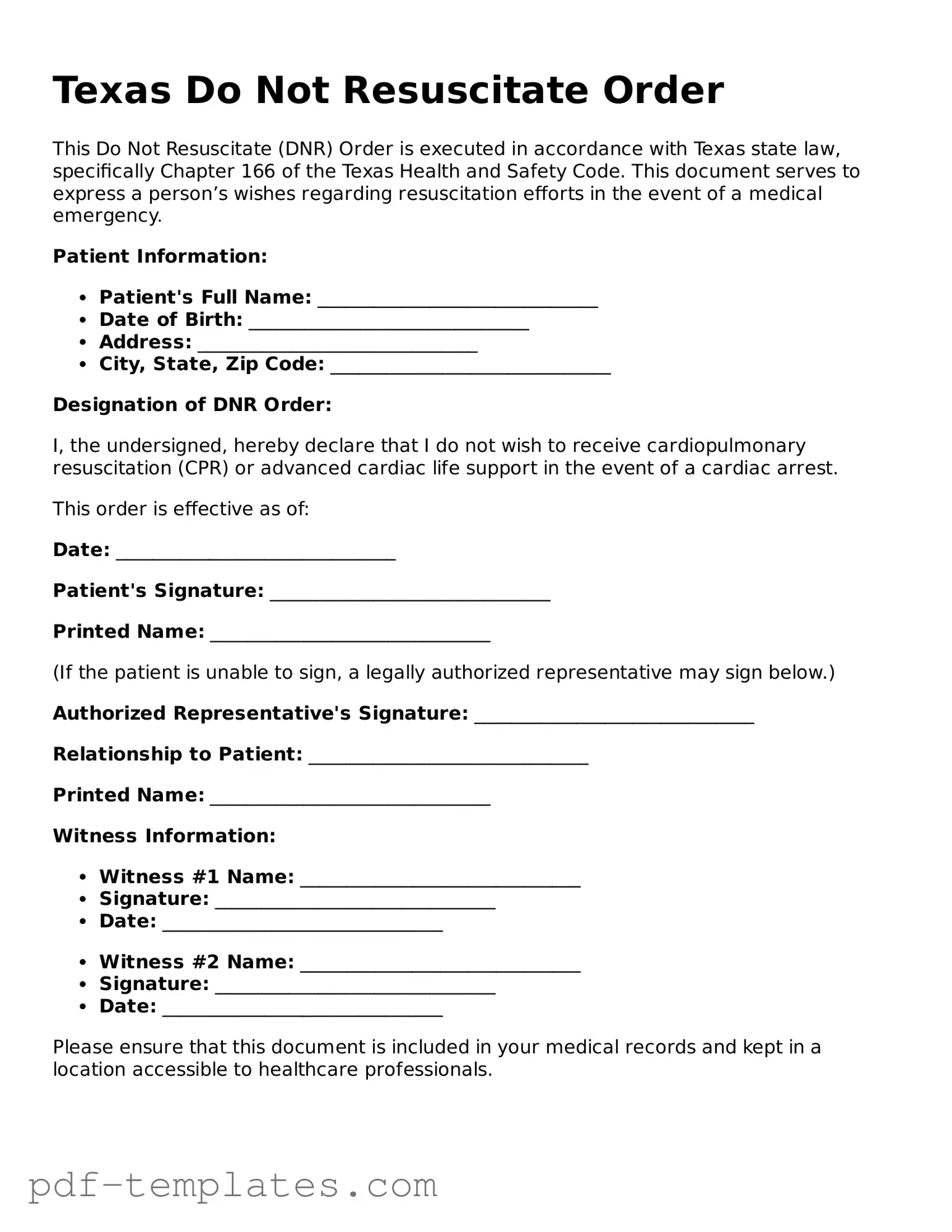Is a Dnr an Advance Directive
- A document expressing end-of-life care preferences.
How Old Do You Have to Be to Sign a Dnr
- The DNR order might not be valid in all settings, such as certain emergency situations.
Free Printable Dnr Form
- This document can be vital in preventing unwanted medical interventions during a crisis.
The California Resale Certificate is essential for businesses looking to purchase goods without incurring sales tax, provided these items are intended for resale in the ordinary course of business. This certificate, officially known as form CDTFA-230, serves as a formal declaration from the buyer to the seller, emphasizing the buyer's commitment to reselling the items and not evading tax obligations. Understanding the proper use of this certificate is crucial, as misuse can result in significant penalties, making it imperative for businesses to adhere to guidelines outlined in resources such as All California Forms.
Polst Form Wa
- The impact of a DNR can vary based on specific medical circumstances and conditions.
